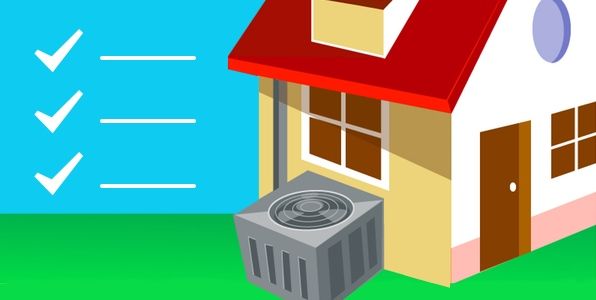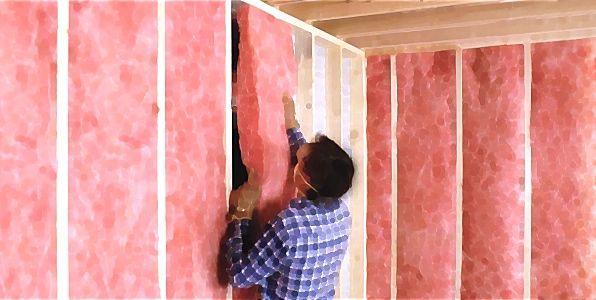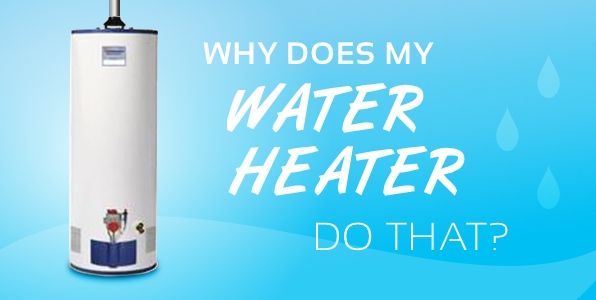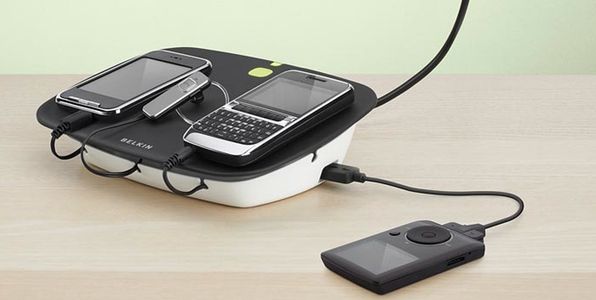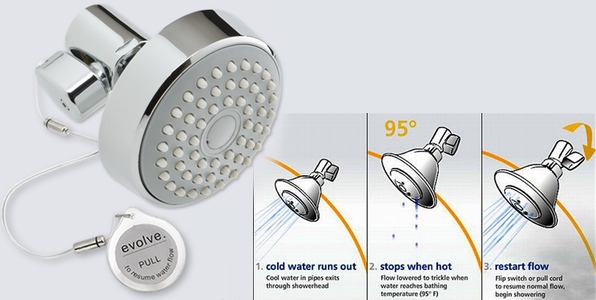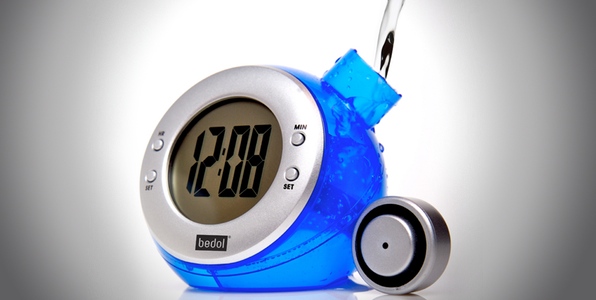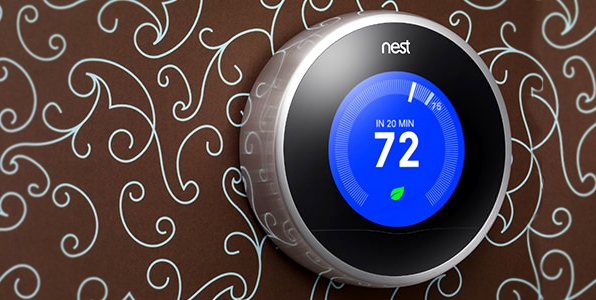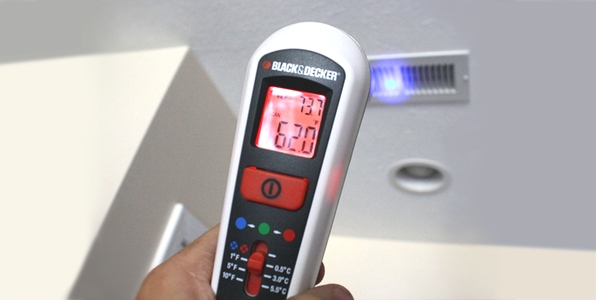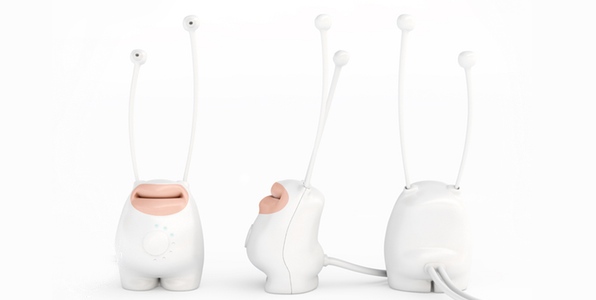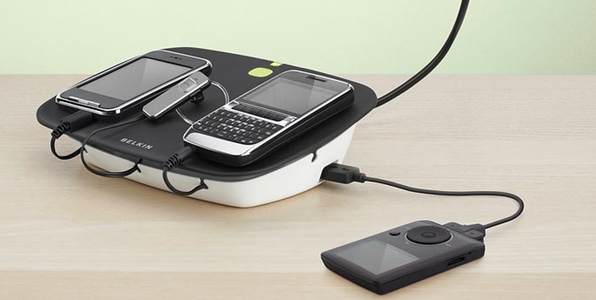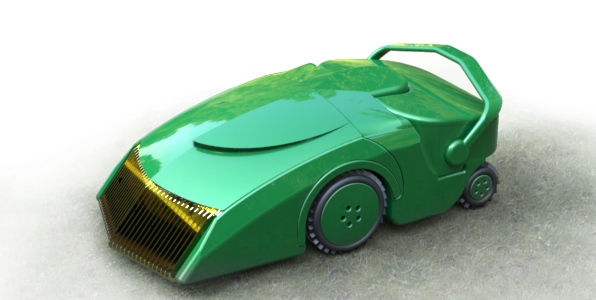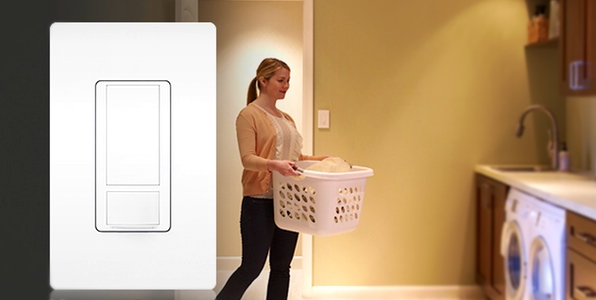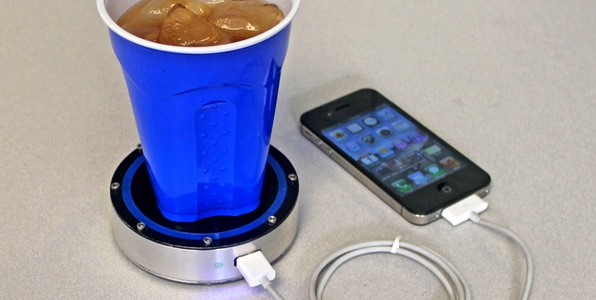Spring Has Sprung; Now Get Some Maintenance Done!
Spring has arrived, already promising plenty of sunlight, warm temperatures, and thriving nature as far as the eye can see. Spring is a time for a fresh start, and there’s nothing like freshening up your home than with some much needed spring maintenance.
Now that the weather is warm and the air is fresh, let’s take a look at some ways you can shake off the cold and turn your house back into a warm, inviting, and efficient home.
Room to Breathe
Poor air quality causes the continuous circulation of irritants and particles within your home, forcing a flu virus from the winter to linger a little longer. Consistently poor air quality can lead to persistent respiratory issues and an inability to concentrate.
As beautiful as the spring bloom is, it often gives way to excess pollen, dust, and spores, all of which contribute to allergies.
To maintain your home’s air quality, make sure you check the filters on your HVAC system. Filters are designed to trap dust, allergens, pollen, mold spores, and more, but dirty filters won’t properly capture microscopic particles. This can cause your ventilation to recirculate allergens and work double-time to get clean air into your home. How often you change a filter depends on its rating and how often you use your HVAC system. But as a general rule of thumb, you should change your filter every three months.
Along with a new filter, have your entire ventilation system checked out by the pros. A good ventilation system supplies your home with plenty of fresh air and pushes stale air and indoor pollutants back outside.
In the Attic
Attic insulation plays a significant part in your comfort. Most people assume that attic insulation only matters in cold months, sealing in warm air, but it works in a similar way during hotter seasons. As the sun beats down on your house, your attic soaks up the heat, which bleeds through the ceiling into the living areas of your home. Attic insulation can prevent heat from seeping into your home come summer.
For added effect, check your attic’s ventilation. A well-vented attic keeps warm air from accumulating and prevents the build-up of moisture, both of which can lead to mold growth. An attic fan can also help move the air around to keep it from getting warm and stale. Consult a professional HVAC company to figure out what would be best.
Taking Care of Air Conditioning
You probably won’t need your air conditioner for spring, but this is a good opportunity to give your air conditioning system a checkup in preparation for the hotter months ahead. If your air conditioner hasn’t been touched in a while, it will need maintenance before you can properly use it again.
Along with a clean or new filter (as mentioned above), make sure you clean the condenser. This is the outdoor unit that generally looks like a large fan inside a metal box. Make sure the breaker or disconnect is shut off. You can take a hose and gently spray the sides of the Condenser, cleaning the dirt and dust off of the coils. Also trim away any plants that are on or near the outdoor unit so it can get maximum airflow.
For more stubborn debris, you may need to call a professional who can carefully take apart the unit and use a commercial coil cleaner, carefully scrubbing the coil clean. When they’re done they can make sure the unit gets put back together properly. They also will check refrigerant levels and electrical connections and test that everything works as it should! You usually can save some money by signing up for a regular maintenance program.
Window units require just as much care as central units. Use a damp rag to wipe down the exterior of the air conditioner, getting into the vents and edges of the unit. The more thoroughly you clean, the cleaner the air will be. Make sure you also clean out any dead leaves and debris in the back of the air conditioner. If your window unit sits close to the ground, pick out the weeds growing around it.
Keeping your air conditioner in good working order ensures that you can stay comfortable in the summer, but you can also save money in the long run by replacing your current air conditioning system with a more energy efficient model.
General Spring Cleaning
Aside from general maintenance, spring is all about tidying up your home and turning it into a refreshing, lovely place for you and your family. Here are some basic tips for your spring cleaning:
- Use a commercial spot cleaner or a 50/50 solution of water and vinegar to remove spots and odor in carpets and upholstery.
- While most of the dust in your home will fall on the floor, just enough clings to the walls to warrant a seasonal washing. Use a sponge and some dishwashing soap to wash your walls in sections. Use a sponge mop to reach higher spots. Dry with a clean cloth.
- Unfortunately, the fridge is often left forgotten in the rush of spring cleaning, but food poisoning and other food-borne illnesses remain a common issue. Throw out any old foods, even if you’re not sure. It’s better to play it safe. Give your fridge a good scrubbing. While you’re at it, check your condenser coils, which can be found behind the toe grille at the bottom of your fridge. Too much dust on the coil will cause your fridge to overheat, so use a vacuum and long brush to remove any built-up dust.
Bring spring into your home with some simple maintenance, and you are sure to feel your home lift itself up in warmth and light. Don’t be afraid to consult a professional like Bob Jenson for help with your spring home maintenance.

